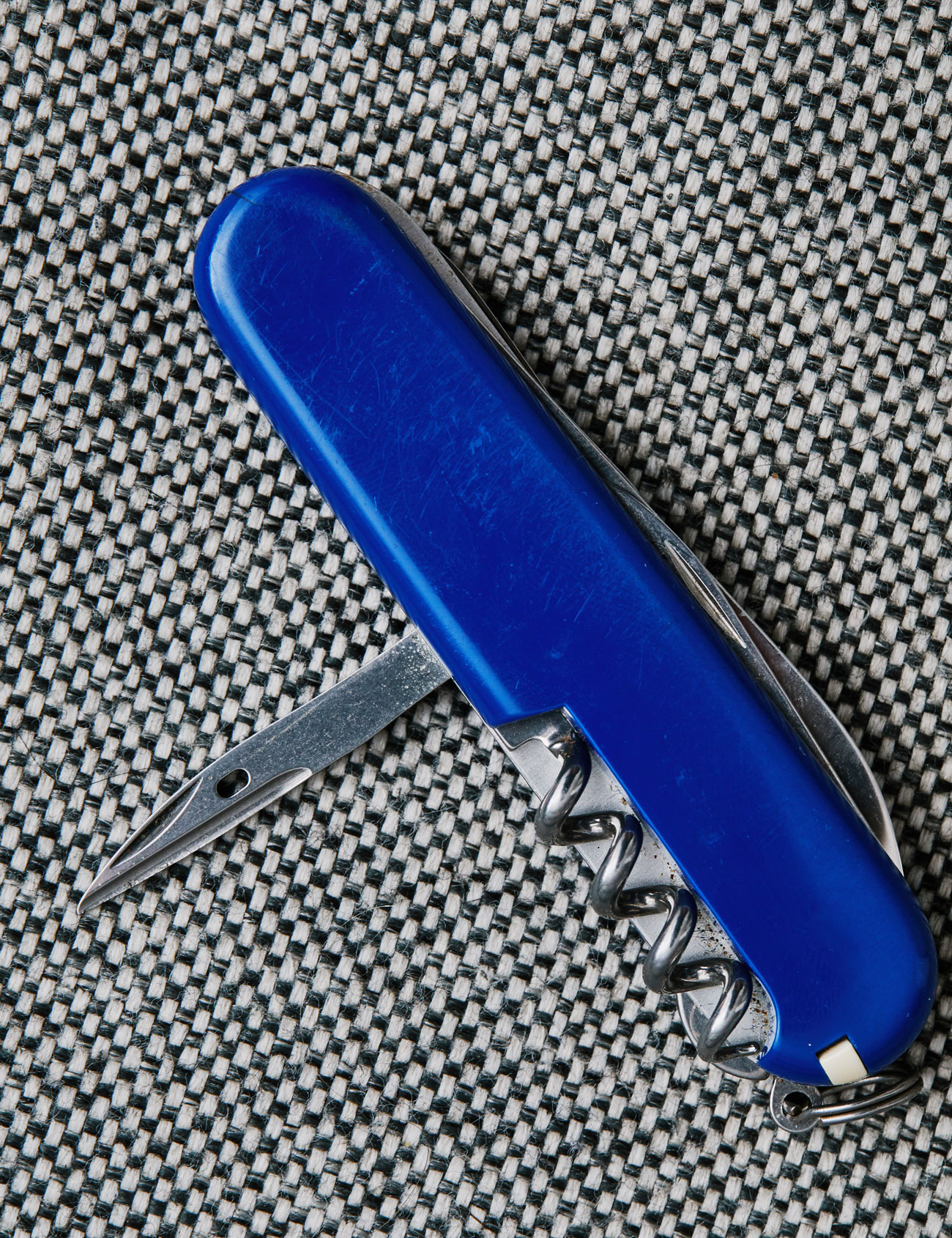Welcome to Further Details, a series dedicated to ubiquitous but overlooked elements hidden on your favorite products. This week: a classic multi-tool’s mysterious eyelet.
No outdoors product sticks around for more than a century without being pretty damn useful. And though it has experienced countless modifications since the original “Soldier Knife model 1890” — featuring a spear point blade, reamer, can opener, screwdriver and oak wood scales — the Victorinox Swiss Army Knife is about as utilitarian as it gets. Hell, my dad once used the tiny saw blade to cut down a Christmas tree during a family holiday gathering in New Mexico’s Sierra Blanca mountain range.
Some 129 years after Karl Elsener started crafting pocket knives, Victorinox produces nearly a hundred varieties for all kinds of activities. Like that first one did, a great number of them include a reamer/awl, a feature that actually pre-dates the Swiss Army Knife, which is not in fact the first multi-tool.
In chapter 107 of 1851’s Moby Dick, author Herman Melville references “Sheffield contrivances, assuming the exterior – though a little swelled – of a common pocket knife; but containing, not only blades of various sizes, but also screw-drivers, cork-screws, tweezers, awls, pens, rulers, nail-filers, countersinkers.”
But I digress. It’s no surprise the awl is ubiquitous: taking up very little space, it’s indispensable for puncturing everything from cloth and leather to aluminum and wood. And yet, have you ever stopped to think what purpose that little hole in the middle of it serves? It turns out that particular aspect makes it not only an awl, but also a sewing needle.

The awl on a Victorinox Swiss Army Climber Pocket Knife ($27+).
It doesn’t work quite like a traditional one, of course, because there’s no way to push your entire knife through a piece of material. However, with the right technique, you can use your Swiss Army Knife to mend torn gear in the backcountry or even fix a broken belt to keep your pants up.
Essentially what you do is thread the awl and puncture the two pieces of material you wish to sew together. Then you begin creating loops on the backside of the material that you can place the lead end of the thread through in order to stitch. The clever process is clearly demonstrated by DIY guru Phil Crockett in this handy little video.
[embedded content]Is it fast? No. But just like my dad using a three-inch saw blade to bring home a six-foot Christmas tree in a pinch, it totally works.
Editor’s note: if you are dead-set on that solid blue colorway, it’s here for $40.




